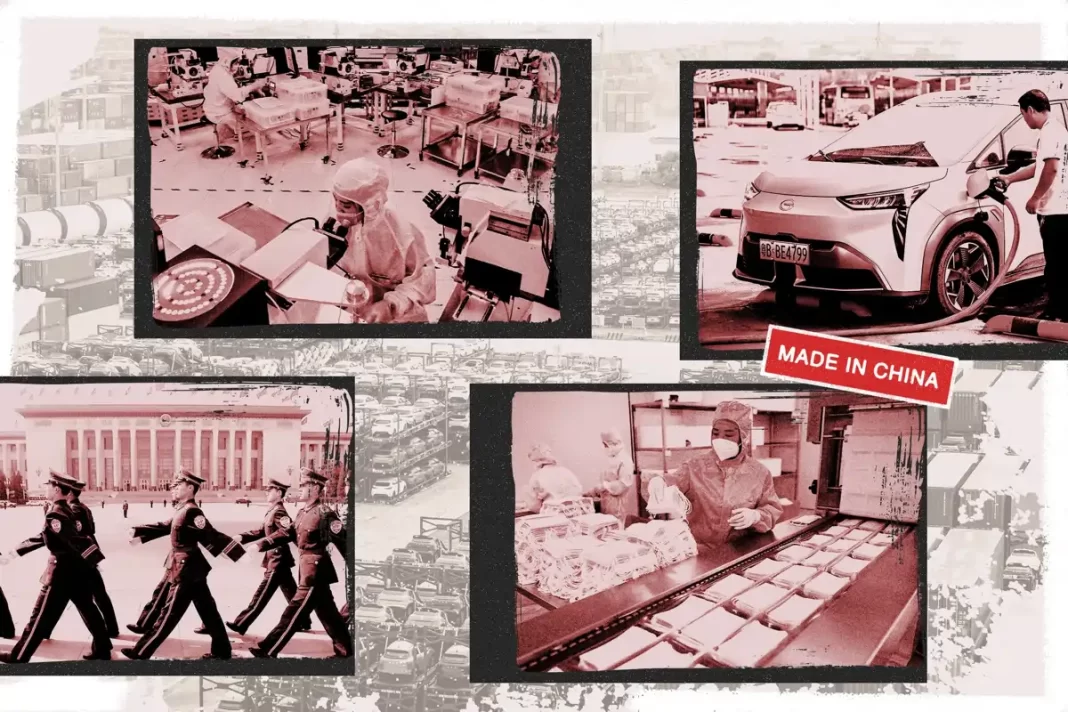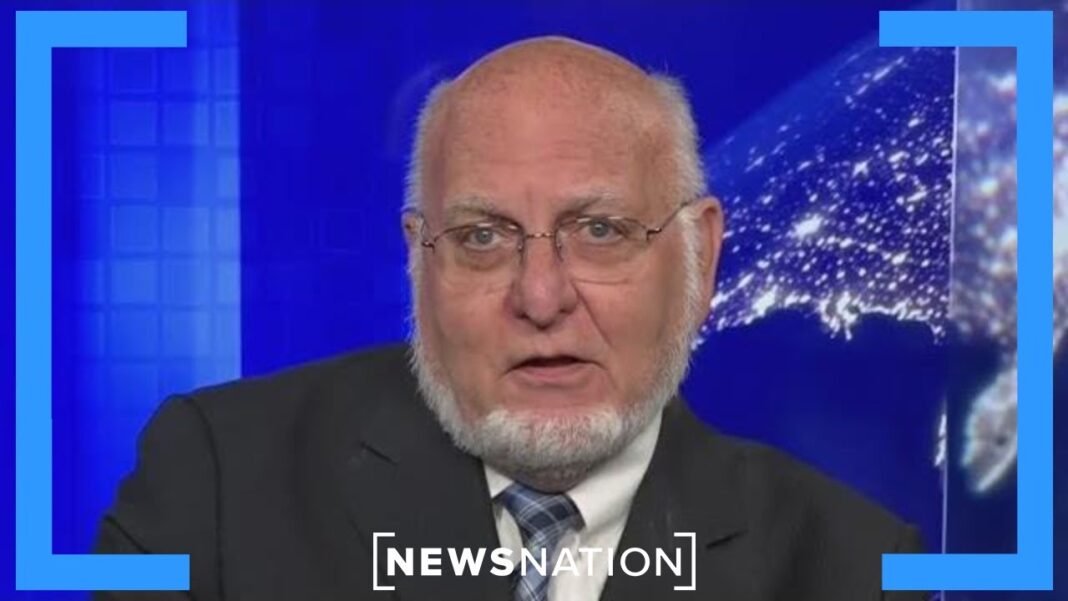Experts say tariffs are an effective tool, but the United States also needs a ‘coherent, grand geopolitical strategy’ to deal with Beijing.
On May 14, the Biden administration announced its intent to significantly increase tariffs on Chinese electric vehicles (EVs), chips, steel and aluminum products, lithium-ion batteries, solar cells, and medical supplies.
According to White House officials, the tariff hikes apply to about $18 billion of annual imports from China and will increase to up to 25 percent—triple the current level—on a stacked schedule between 2024 and 2026.
Officials also said all existing tariffs levied during the Trump administration—on about $300 billion of goods from China yearly—will remain in place, if not increase.
Total U.S. imports from China came to about $430 billion in 2023, according to the Census Bureau.
U.S. Trade Representative Katherine Tai said supply chain dependency on China makes the entire U.S. economy “susceptible“ to coercion from the Chinese regime, which is ”willing to weaponize the dependencies.”
The new tariffs don’t apply to imports of Chinese brands shipped from a third country, such as Chinese EVs produced in Mexico. Ms. Tai told reporters on May 14 to “stay tuned” on that issue, suggesting that the administration may take further action.
“The whole idea that you could have unlimited open trade with China and there was no risk is gone,” said James Lewis, director of the strategic technologies program at the Center for Strategic and International Studies think tank.
The Biden administration, he said, has done a good job of recognizing that “technology and economics are as important, if not more important, than traditional military power” and the need to restrict China’s access to them.
By Terri Wu







